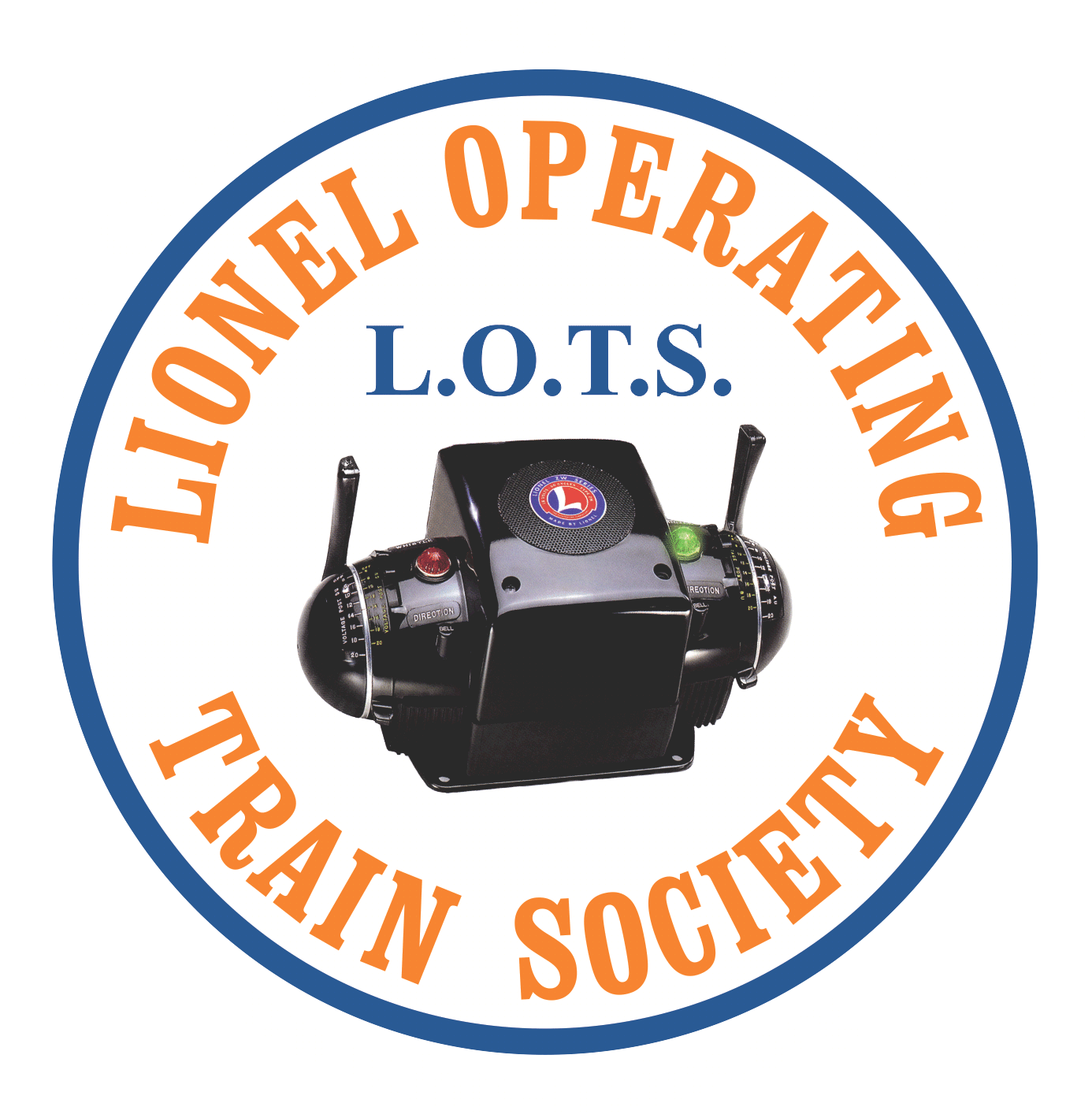Pulmor and Can Motors
by Edward H. Mazur, RM-3123
A question frequently asked by LOTS operators and toy train collectors is “what is the difference between a “Pulmor” and a “powerful maintenance-free motor with momentum flywheel” known as a can motor.
Prewar, postwar, and the earlier modern toy trains used open frame motors in which the field(the stationary part) and the armature(the rotating part) are both constructed of a laminated steel core encircled by electrical coil windings. The magnetic polarity of both the field and the armature are determined by the direction of the current flowing through these electrical coils. The open fram motors can run on either DC or AC current since the instantaneous magnetic relationship between the field and the armature is maintained by the eletrical series connection of their coils via the armature commutator and brushes. Reversal of rotation of these motors is accomplished by reversing the electrical connection of the armature relative to the field. This reversal is accomplished either by a simple electrical switch or by the drum and fingers of the e-unit(electric reversing). Since these motors can run on AC power, it is convenient to run them directly off of the AC track power. The speed of these motors is determined by the magnitude of the applied voltage.
DC can motors are used in the majority of modern electric train locomotives. Their mechanism is completely sealed within a cylindrical can. Since their field consists of a permanent magnet, they can only run on DC power. Reversal of rotation is accomplished by reversing the DC polarity of the electrical power applied to the motor. Since the motor must run on DC, the AC track power must be converted to DC by rectifiers within the locomotive electronics. Control of the polarity of the DC applied to the motor is determined by the locomotive electronics. The speed of the motor is determined by the magnitude of the DC voltage applied to the motor. the output shaft of a can motor is often surrounded by an attached flywheel. The inertia of the flywheel smooths the rotational output of the motor, dampens the effect of sudden changes in the applied voltage, enhances operation at very slow speeds, and allows the locomotive to coast when coming to a stop.
There are operators/collectors who swear by “pulmor” and those who stand firmly with “can motors.” If you are a collector seeking authenticity then the type of motor in the locomotive can not be underestimated. If you are primarily an operator, the type of motor is of secondary importance.
